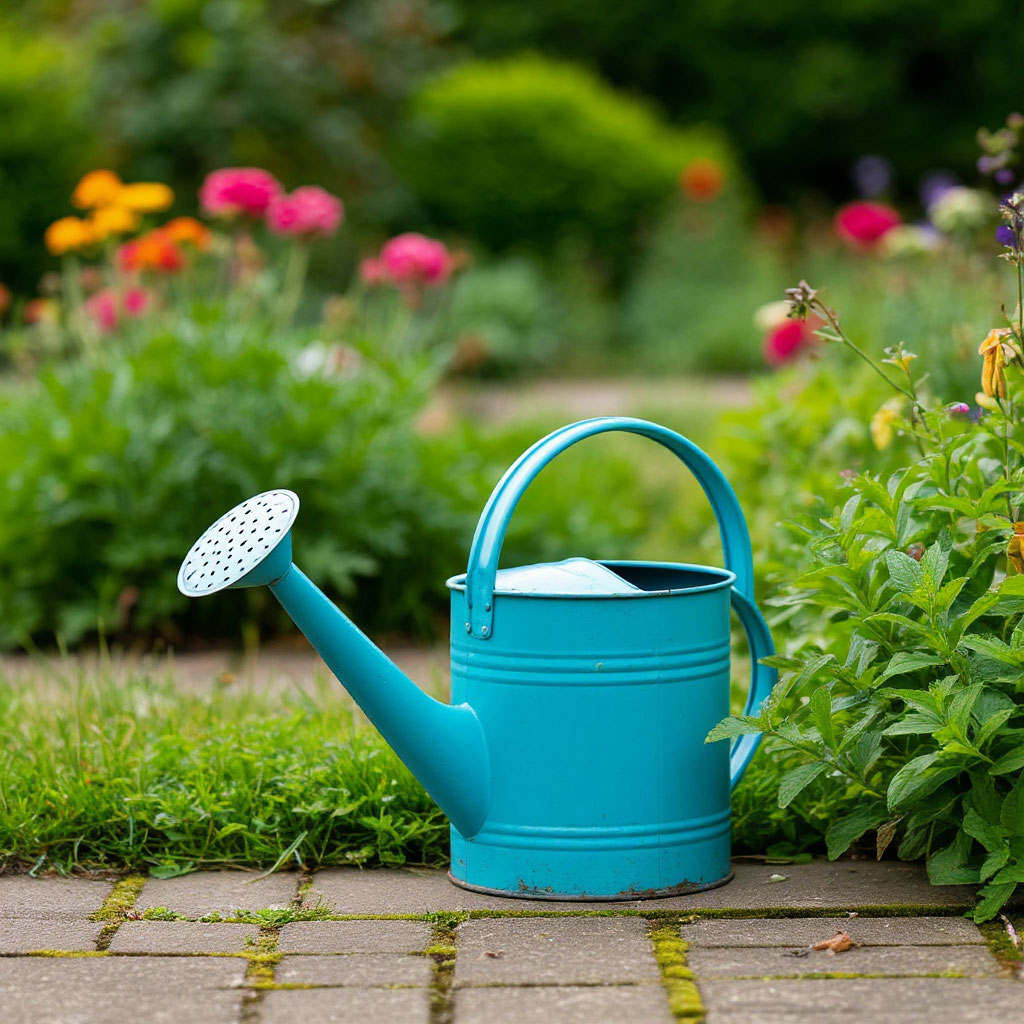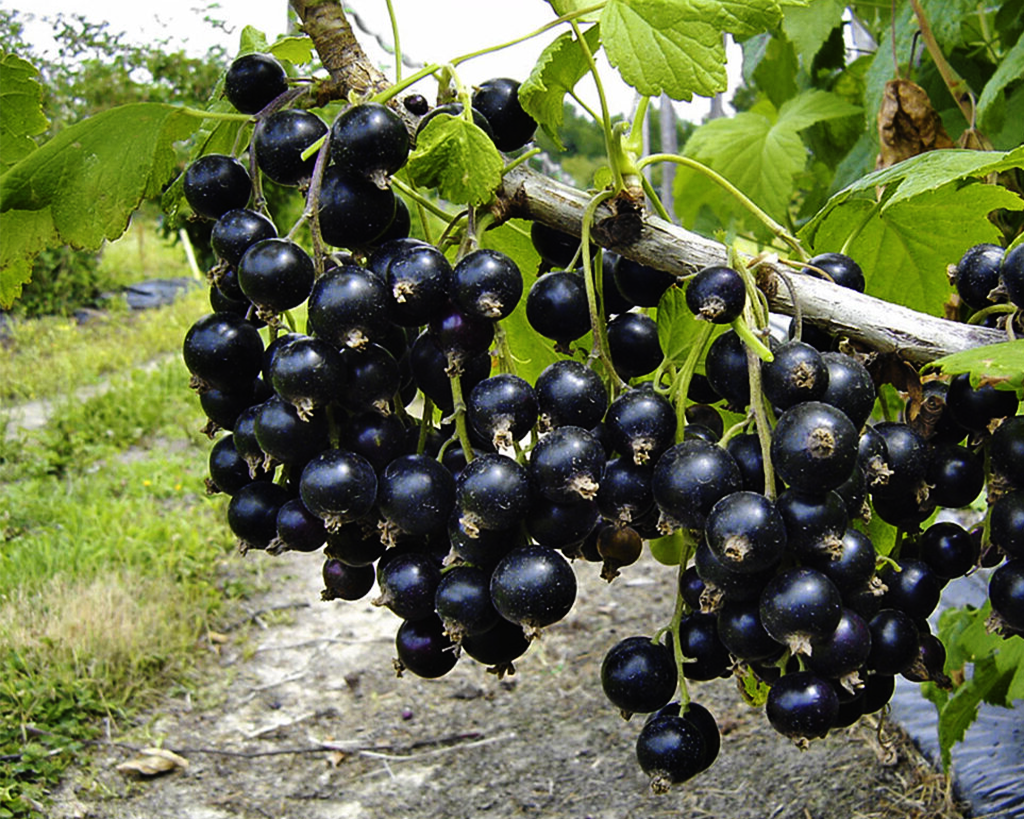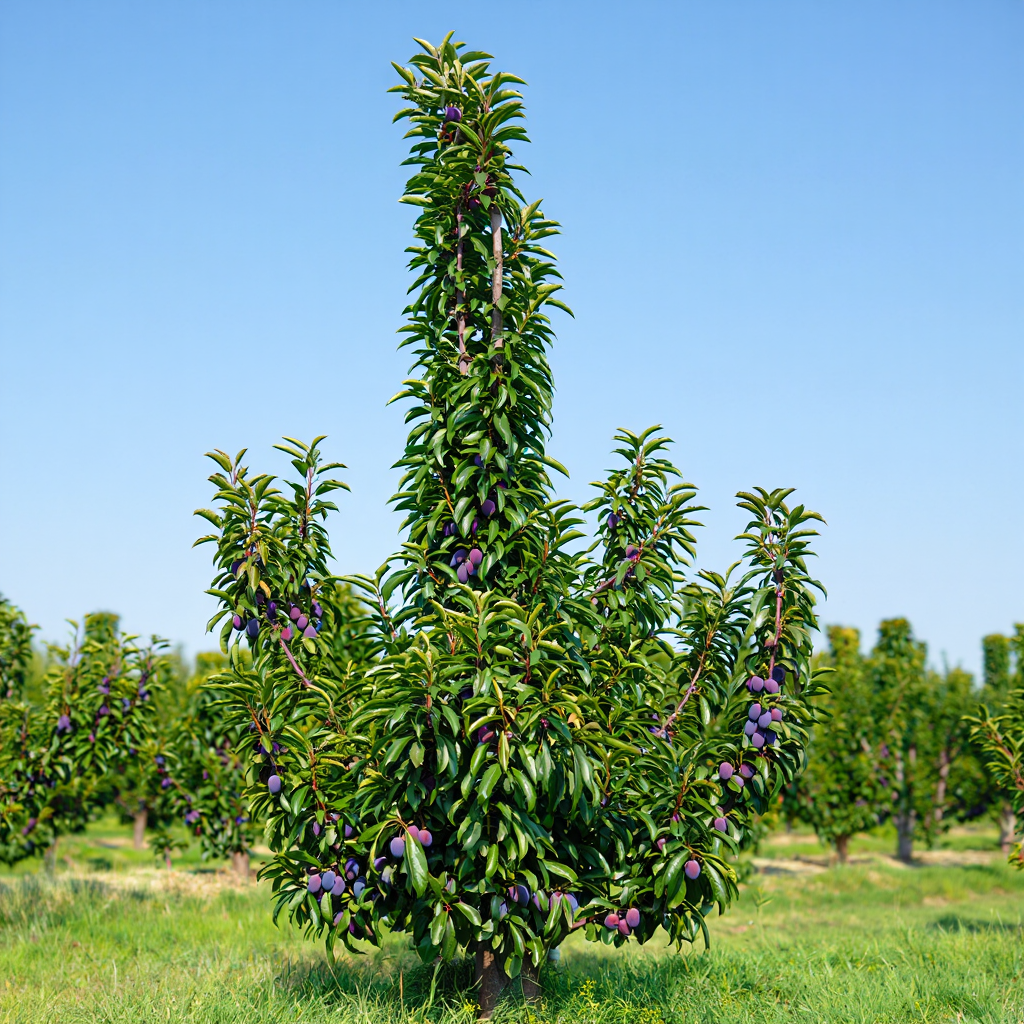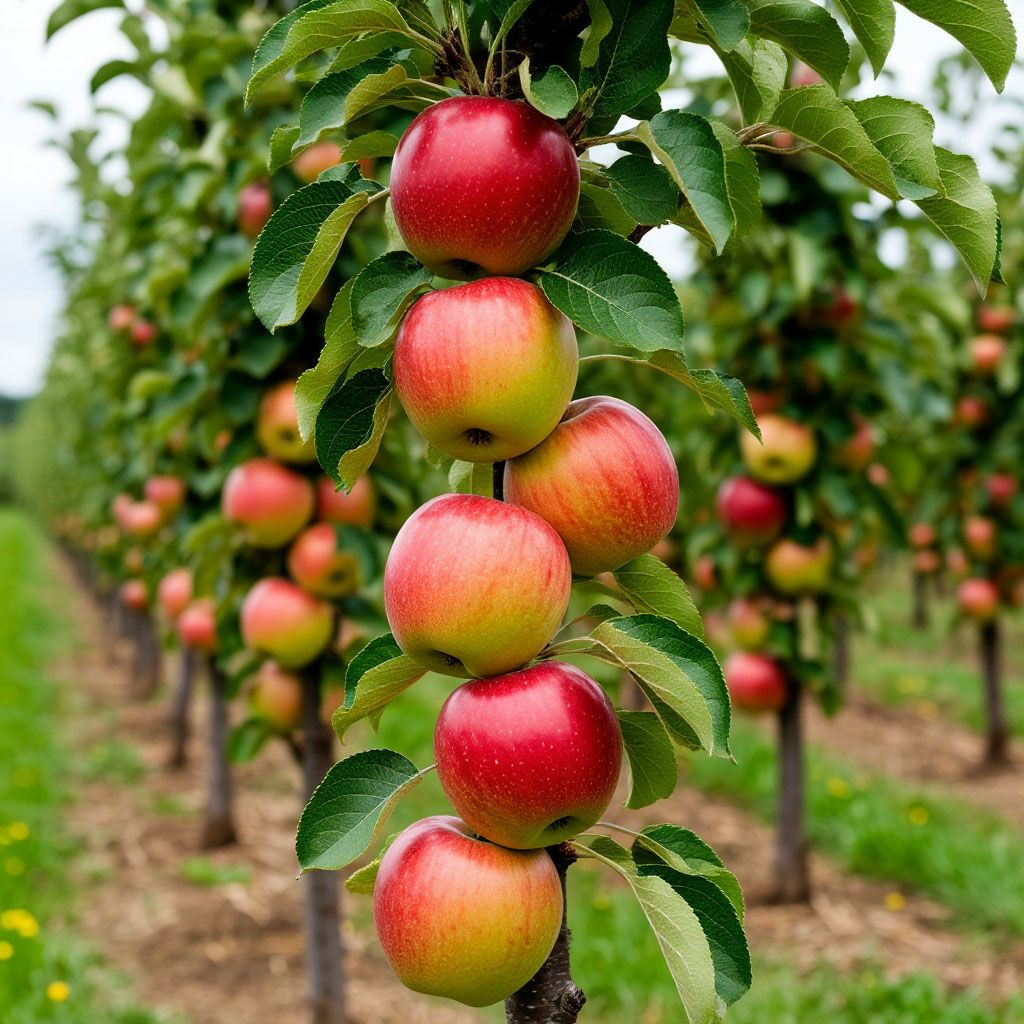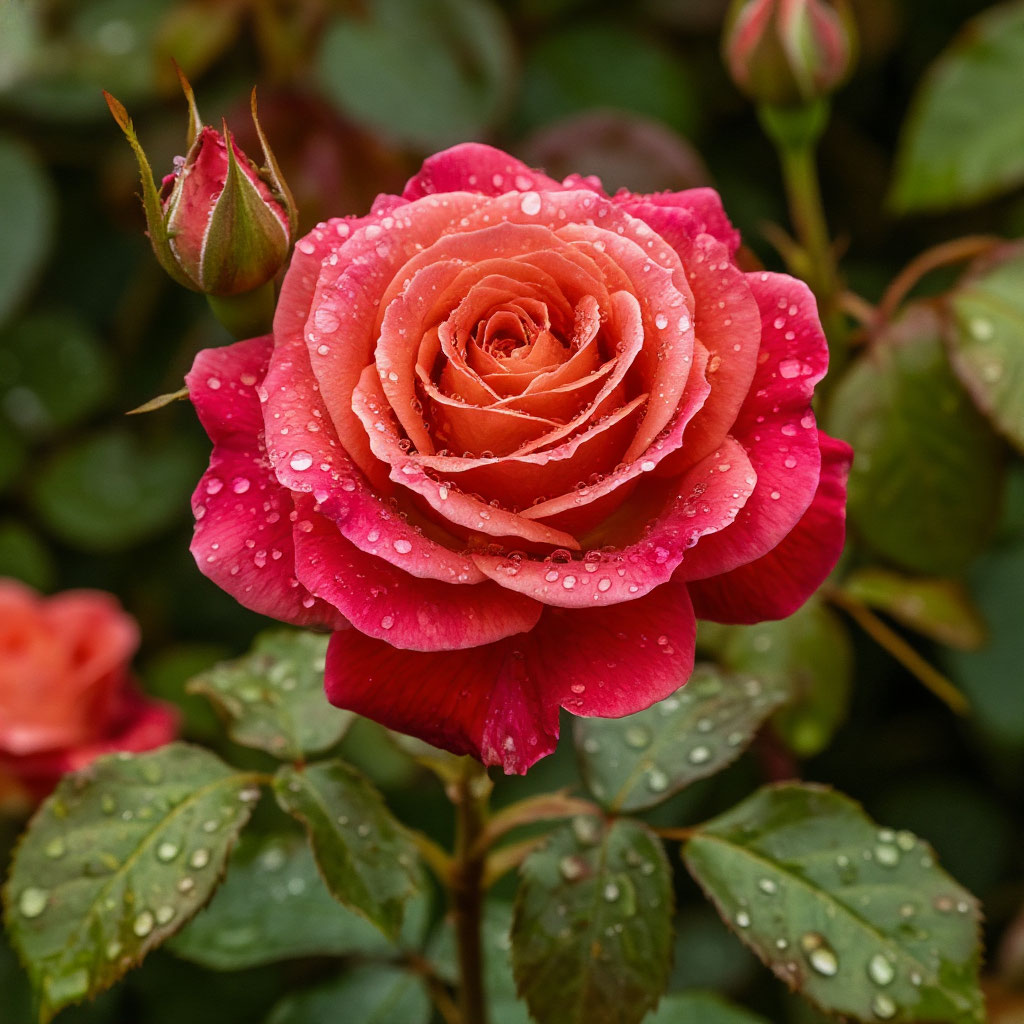Mineral fertilizers are an effective way to increase soil fertility and improve plant productivity. However, their improper use can harm both crops and the environment. In this article, we will analyze mineral fertilizers how to apply correctly to avoid overdose and get a healthy harvest. You will learn about the application rates of nitrogen, phosphorus and potassium top dressing, methods of their breeding, optimal terms of use and signs of overfeeding plants.
At the end you can download a brochure in which you’ll find a safety and label-reading checklist, simple N-P-K decoding with quick math, application methods and timing by crop, mixing order and incompatibilities, spreader calibration, and a small fertilizer-plan worksheet.
Nitrogen fertilizers for the garden

Nitrogen fertilizers for the garden are important in the development of plants, since nitrogen is a part of amino acids, proteins and chlorophyll, which is responsible for photosynthesis. Nitrogen deficiency leads to slower growth, yellowing of the leaves (especially the lower ones), and reduced yields. Excess nitrogen is also harmful – it provokes excessive growth of green mass to the detriment of flowering and fruiting, and also increases the risk of fungal diseases.
Main types
- Ammonium nitrate-contains about 34% nitrogen in ammonium and nitrate forms. Quickly absorbed by plants, suitable for early spring application. Due to the high acidity, it is recommended to use on neutral and alkaline soils, and on acidic ones – to combine with lime or chalk.
- Urea (urea) is a concentrated fertilizer (46% nitrogen) in the amide form, which gradually passes into the form available to plants. It burns the roots less than ammonium nitrate, but requires embedding in the soil, as it decomposes in the air with the loss of nitrogen.
- Ammonium sulfate – contains 21% nitrogen and 24% sulfur, which is useful for cruciferous and legume crops. Acidifies the soil, so on acidic soils requires neutralization with ash or dolomite flour.
- Calcium and sodium nitrate are alkaline fertilizers suitable for acidic soils. They contain 15-16% nitrogen, dissolve well, but are easily washed out by rain, so they require fractional application.
Application rates:
- Vegetable crops – 10-20 g per 1 m2.
- Fruit trees – 20-30 g per trunk circle.
- Berry bushes – 15-20 g under the bush.
Practical tips
- Nitrogen fertilizers for the garden should be applied in cool weather or in the evening, as nitrogen losses are possible in the sun.
- For quick top dressing, use a urea solution (1 tablespoon per 10 liters of water), but avoid getting on the leaves – this can cause burns.
- Alternate mineral nitrogen supplements with organic ones (compost, manure) to improve soil structure.
Nitrogen fertilizers for the garden allow you to achieve powerful plant growth without harm to the crop. The main thing is to observe the dosage and take into account the needs of specific crops.
Phosphorous-potassium top dressing

Phosphorus and potassium are the most important elements of plant nutrition that directly affect the formation of the root system, the processes of flowering, fruit formation, and increasing the resistance of the crop to diseases and environmental stressors. These microelements help to improve the quality of the crop, enhance the taste characteristics, increase the ability of fruits for long-term storage and increase their nutritional value.
Unlike nitrogen, which mainly stimulates the growth of the green part of plants, phosphorus-potassium fertilizers provide optimal development of underground organs and quality indicators of the final product.
The role of phosphorus and potassium in plant life
Phosphorus is involved in the energy metabolism of cells, promotes the development of the root system, accelerates flowering and fruit maturation. Its lack leads to a slowdown in growth, purple or reddish hue of the leaves, weak formation of ovaries.
Potassium regulates the water balance, increases the resistance of plants to drought, frost and diseases, improves the taste and sugar content of fruits. Potassium deficiency manifests itself in the form of marginal burn of leaves (yellow or brown edges), weak fruiting and reduced immunity.
Main types of phosphorous fertilizers
- Superphosphate-can be simple (16-20% phosphorus) and double (up to 45%). Highly soluble in water, suitable for all types of soils. It is applied during planting, as well as during budding and fruiting.
- Phosphorite flour-contains 20-30% phosphorus in a hard-to-dissolve form. It acts slowly, so it is used on acidic soils for autumn digging.
- Ammophos and diammophos are complex fertilizers with a high content of phosphorus and nitrogen. They are used for pre-sowing application and top dressing during the period of active growth.
Main types of potash fertilizers
- Potassium chloride (50-60% potassium) – contains chlorine, which can depress some crops (potatoes, tomatoes, berry bushes). It is recommended to apply in the fall, so that the chlorine has time to wash out of the soil.
- Potassium sulfate (45-50% potassium) – does not contain chlorine, suitable for all crops, especially for those sensitive to chlorine (grapes, cucumbers, legumes).
- Kalimagnesia (30% potassium + 10% magnesium) is ideal for sandy and sandy loam soils that are deficient in magnesium.
Phosphorous fertilizers are sedentary in the soil, so they are embedded in the root zone during planting or in the fall for digging. Potash fertilizers can be applied both in autumn and spring, but on light soils (sandy) they are better used in spring, as they are easily washed out.
Practical recommendations
- For quick feeding, use water solutions (for example, 1 tablespoon of superphosphate and 1 tablespoon of potassium sulfate per 10 liters of water).
- Phosphorite flour is more effective on acidic soils, and superphosphate is more effective on neutral and alkaline soils.
- Potash fertilizers are especially important for fruit, root vegetables and tomatoes – they improve the taste and shelf life of the crop.
Proper use of phosphorous-potash fertilizers allows you to get strong, stress-resistant plants and high yields with excellent taste qualities. The main thing is to comply with the application standards and take into account the needs of specific crops.
How to breed mineral fertilizers
Dilution of mineral fertilizers is an important step before applying top dressing to plants. To ensure mineral fertilizers how to apply correctly, it is important to follow the manufacturer’s recommendations indicated on the product packaging, since the concentration of the active substance varies depending on the composition.

Rules for preparing solutions
- Use clean water: preferably standing water, rain water, or well water. Tap water should stand for at least a day to allow the chlorine to evaporate.
- Before breeding: strictly follow the manufacturer’s recommendations indicated on the fertilizer package. Exceeding the concentration of the solution can lead to burns to the roots of plants.
- Dosage: for liquid complex fertilizers, most often the recommended rate is about 1-2 tablespoons of dry powder or granules per bucket of water with a volume of 10 liters. If the fertilizer is liquid, both dilution and dosage are indicated on the label. It usually ranges from a few milliliters to a tablespoon per liter of water.
- Dissolution: It is best to dissolve the powder or granules in small portions, gradually stirring the liquid to avoid the formation of lumps.
- Solution temperature: prepare the solution at room temperature, approximately +18…+25 °C. Cold water slows down the process of dissolving nutrients.
- Application of the solution: it is recommended to use the prepared solution immediately, as some elements can quickly lose their activity.
- Storage of leftovers: If the mixture remains unused, store it in a tightly closed container away from sunlight and heat.
Important! Do not mix different fertilizers without checking compatibility. For example, ammonium nitrate can not be combined with ash – this leads to a loss of nitrogen.
Terms of fertilizer application
The correct timing of fertilizer application is no less important than their composition and dosage. Different nutrients are absorbed by plants during certain growth phases, and some fertilizers require a long period of time to get into an affordable form. Failure to meet deadlines can lead to inefficient use of top dressing or even harm the plants.
Mineral fertilizers how to apply correctly in the spring
Spring is the main period for starting plant nutrition. After winter, the soil is depleted, and crops especially need easily digestible elements.
The main nitrogen fertilizers for the garden – urea and ammonium nitrate-are used at the beginning of the growing season, when plants intensively form a leaf apparatus. For fruit trees and berry bushes, the ideal time for application is early spring, as soon as the snow cover comes down, but before the buds begin to swell. Annual vegetable crops require the first nitrogen fertilization 7-14 days after the appearance of mass shoots, when the plants are already strong, but have not yet entered the active growth phase.
Phosphorous fertilizers (superphosphate) can be applied in early spring at the same time as nitrogen fertilizers, especially on poor soils. They slowly dissolve, so they have time to change into an accessible form by the time of flowering.
Potash supplements (potassium sulfate, kalimagnesia) are used in smaller doses in the spring than nitrogen fertilizers for the garden, but they are important for strengthening plant tissues and increasing resistance to spring frosts.
Summer top dressing
In summer, plants are in the phase of active growth, flowering and fruiting, so they need a balanced diet.
In early summer (June), they continue to give nitrogen fertilizers for the garden, but reduce their amount so as not to cause excessive growth of greenery to the detriment of fruiting. This is especially important for tomatoes, cucumbers, and other fruit crops.
In the period of budding and flowering (June-July), the share of phosphorus-potassium fertilizers is increased, which contribute to the formation of ovaries and improve the quality of the future crop. Complex fertilizers such as “azofoski” or potassium monophosphate work well.
During fruiting (July-August), nitrogen is completely excluded, focusing on potash top dressing – they improve the taste of fruits, contribute to their uniform maturation and increase shelf life.
Autumn fertilization
Autumn is the time to prepare plants for winter and lay the foundation for the future harvest. During this period, nitrogen is completely excluded, so as not to stimulate the growth of shoots that do not have time to ripen before frost.
Phosphorous fertilizers (superphosphate, phosphorite flour) are applied in September-October for digging. They strengthen the root system and help plants better survive the winter.
Potash fertilizers (potassium sulfate, potassium chloride) are especially important in autumn – they increase the winter hardiness of perennial crops. Chlorine-containing fertilizers (potassium chloride) can only be used in the fall, so that harmful chlorine can be washed out of the soil before spring.
Fertilizer overdose: symptoms and consequences
An excess of minerals is just as dangerous as a lack of them. Signs of fertilizer overdose:
- Nitrogen: violent growth of greenery, delayed flowering, brittle stems, accumulation of nitrates in the fruit.
- Phosphorous: yellowing of leaves, slowing of development.
- Potash: root burn, leaf edge necrosis.
What should I do if I overdose on fertilizers?
- Stop applying fertilizers.
- Water the soil liberally to wash out any excess water.
- In severe cases, replace the top layer of soil.
Mineral fertilizers are a powerful tool in the hands of the gardener, but their application requires precision. Knowing mineral fertilizers how to apply correctly will help you avoid overdose and get a healthy harvest. Observe dosages, dates and methods of application, and also take into account the needs of specific crops. Proper use of nitrogen compounds for the garden, phosphorus-potassium top dressing and other types of mineral additives will help your plants grow strong and bear fruit abundantly.
Got your product ready? Take the brochure with you: CD Mineral Fertilizers — Apply Correctly (PDF).
